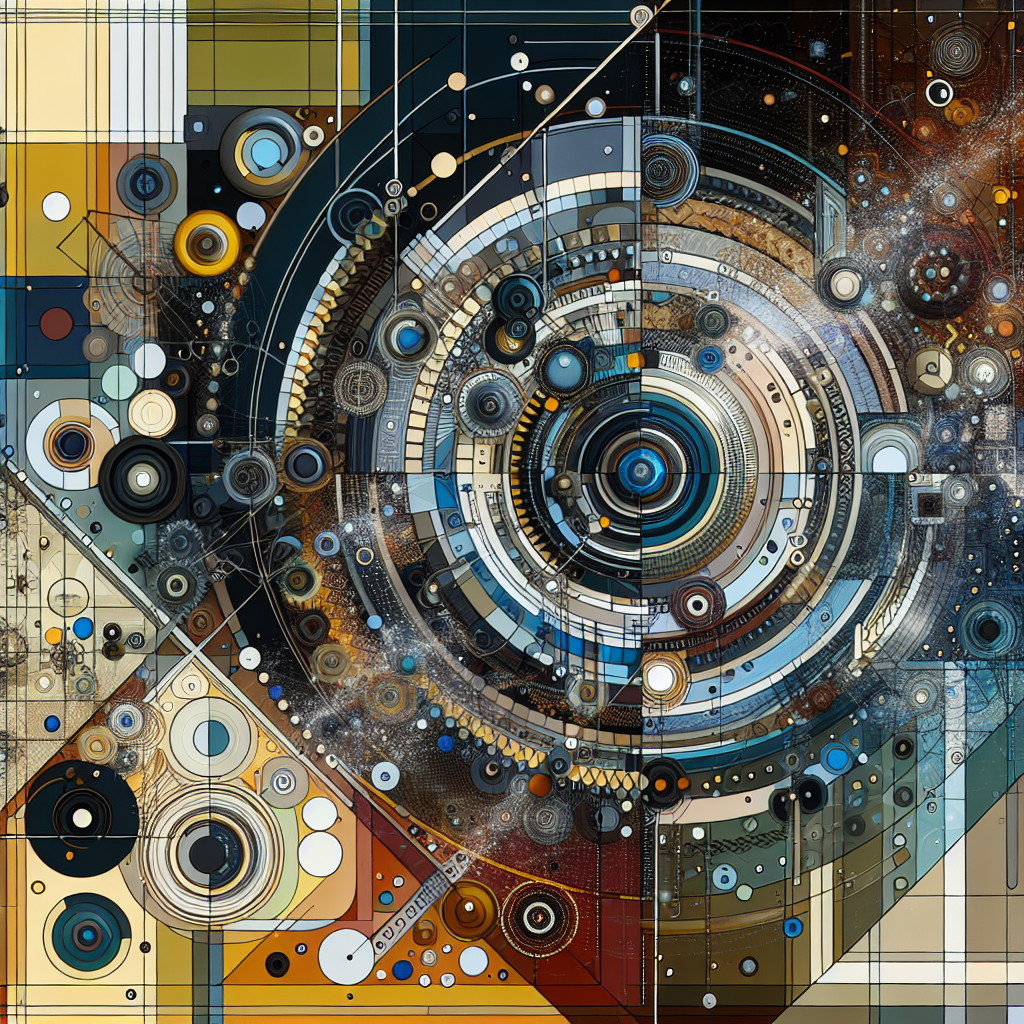Your cart is currently empty!
The Artistic Potential of Generative AI: A New Era of Creative Expression

Generative AI, or artificial intelligence that can create new content such as images, music, or text, has been gaining attention in the creative world as a powerful tool for artistic expression. With the ability to generate endless variations of content based on input data, generative AI opens up a new era of creativity that challenges traditional notions of authorship and creativity.
One of the most notable examples of generative AI in the art world is the use of neural networks to create visual art. Artists and programmers have been experimenting with training neural networks on vast datasets of images, allowing the AI to generate new, unique artworks based on the patterns it has learned. The results can range from abstract and surreal to hyper-realistic, blurring the lines between human and machine creativity.
Similarly, generative AI has been used to compose music, with AI algorithms learning from vast libraries of music to create new compositions that mimic the styles of famous composers or invent entirely new genres. By analyzing patterns and structures in music, generative AI can create melodies, harmonies, and rhythms that are both familiar and innovative, pushing the boundaries of what is possible in music composition.
In the realm of literature, generative AI has been used to generate stories, poems, and even entire novels. By analyzing large datasets of text, AI algorithms can learn the nuances of language and storytelling, producing coherent and engaging narratives that rival the work of human authors. Some writers have even collaborated with AI to co-create stories, blending human imagination with machine-generated content to create truly unique works of fiction.
The rise of generative AI raises questions about the nature of creativity and authorship. Can a machine truly be creative, or is it simply mimicking human creativity based on learned patterns? Should AI-generated art be considered as valuable and meaningful as human-created art? These are complex and ongoing debates that challenge our understanding of art and the role of technology in the creative process.
Despite these questions, there is no denying the artistic potential of generative AI. By harnessing the computational power of AI algorithms, artists can explore new realms of creativity, pushing the boundaries of what is possible in visual art, music, literature, and beyond. As generative AI continues to evolve and improve, we can expect to see even more groundbreaking and innovative works of art that challenge our perceptions and inspire new forms of creative expression.

Leave a Reply